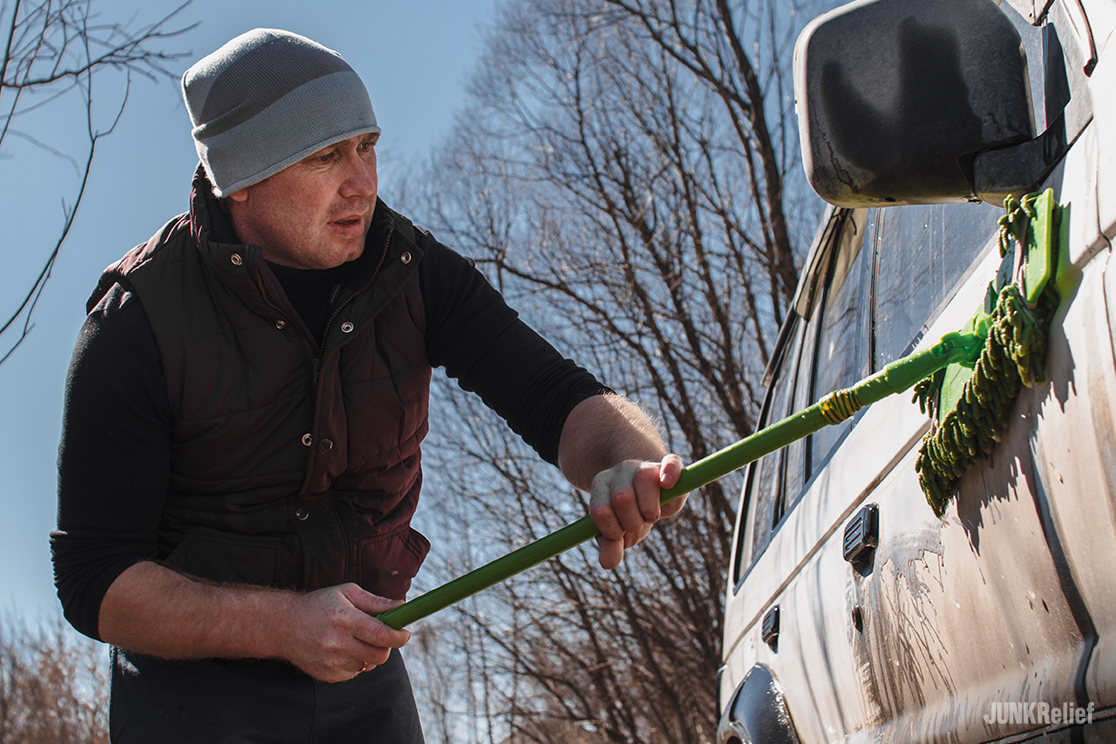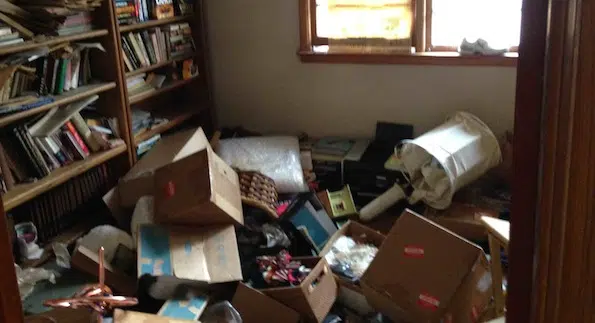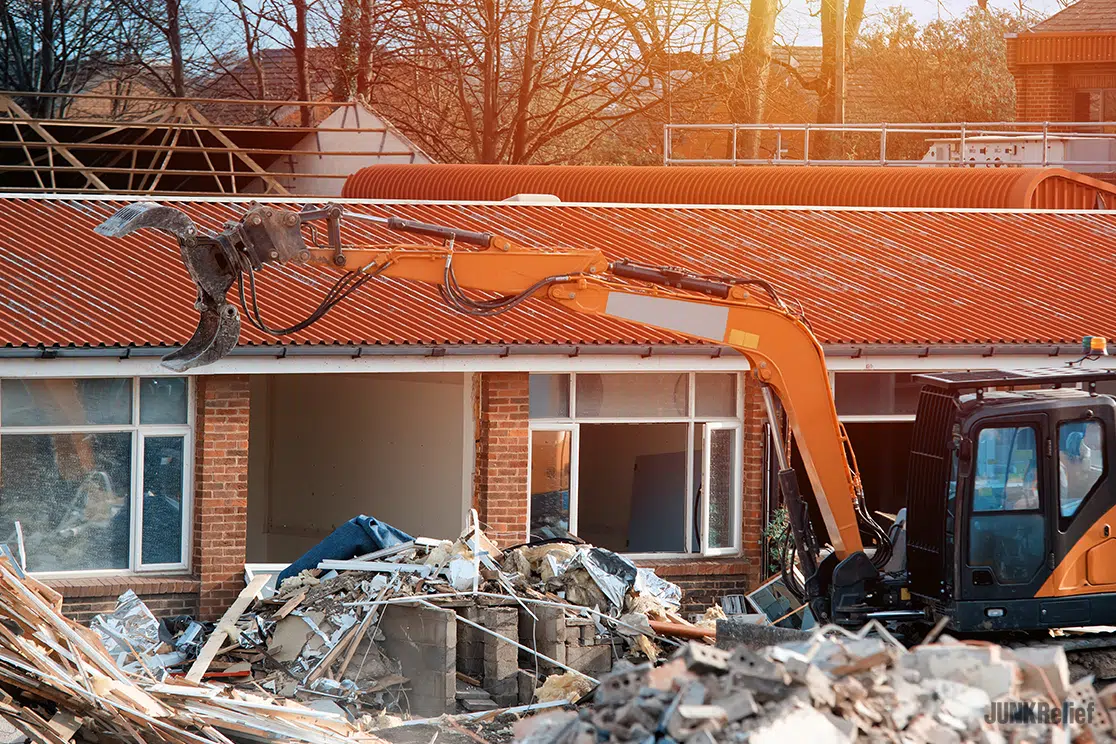As compulsive hoarding has garnered more and more attention in recent years as a very real, widespread problem, it has raised a lot of eyebrows with unsettling images of cluttered homes and lives in disrepair.
While these off-putting, sometimes shocking visuals have stirred the imaginations of many, more attention needs to be given to the actual dangers introduced by hoarding.
These dangers can impact the hoarding resident, other residents, relatives, friends, and neighbors, and are greatly responsible for the surge in municipal task forces set up in various cities and counties around the country to reduce hoarding and support those afflicted with it.
Health Risks
Disease and bacteria are often the first concerns in an extreme hoarding situation. With all kinds of decomposing and deteriorating items, trash, food, and even human waste, a hoarder’s home is the perfect host to breeding bacteria and potential diseases.
Mold and dust are definitely a problem, and not as trivial as they might seem. In severe cases, mold and dust can make breathing difficult, especially among those with asthma or cardiac and damage the respiratory system.
Ammonia builds up in the presence of excess human waste and in hoarding situations, often exceeds the healthy, tolerable levels.
Pests and vermin like roaches, ants, rats, mice, and others are attracted to the mess and introduce an even greater range of bacteria and disease, not to mention the potential physical harm that some animals pose to people.
Physical Danger
Fire poses a very imminent threat. With so much combustible material, fire often overtakes a hoarder’s home in seconds. The proximity of so much flammable material to the stove, incandescent bulbs, or other heating systems increases the likelihood of fire. Add to that danger the many blocked exits and pathways from so much junk, and a fire becomes one of the most frightening potential nightmares.
Structural damage is done to the home from the weight and uneven distribution of so much stuff. Floors collapse under the strain, and a chain reaction of compromised support beams and walls can set in motion from taking on too much weight from one failed beam. Water damage can often go unnoticed in these situations, too, decomposing the inside of the house for years before it’s too late.
Falling hazards are everywhere in a hoarder’s home. Some of the most frequent news stories, unfortunately, detail the hospitalization of a hoarding resident after being pinned beneath a pile of fallen junk. Even if the above dangers didn’t exist (which they do) the sheer physical instability of the living environment just invites disaster.
Psychological Harm
Relatives, children and other friends are impacted directly if they are cohabiting in the home, and can be mentally and emotionally scarred from the experience. Those not living in the home are often under a great amount of stress to see their loved one enduring the consequences of their compulsion, which can lead to the next problem…
Isolation of the hoarding individual often results at some point along with the escalation of hoarding. While the person may have been relatively high functioning in society at the start of his/her hoarding, the eventual shame, fear, or embarrassment of the home and the compulsion often drive the person further away from society in time. In isolation, the compulsion has room to worsen, and the mental state of the hoarder can deteriorate even further.
For all of the above reasons and more, it’s important to reach out for help early on in any hoarding situation as things can get out of hand quickly. If you are in the Chicago metro area, you can contact us anytime for help clearing a hoarder’s home and starting on the path to recovery.





